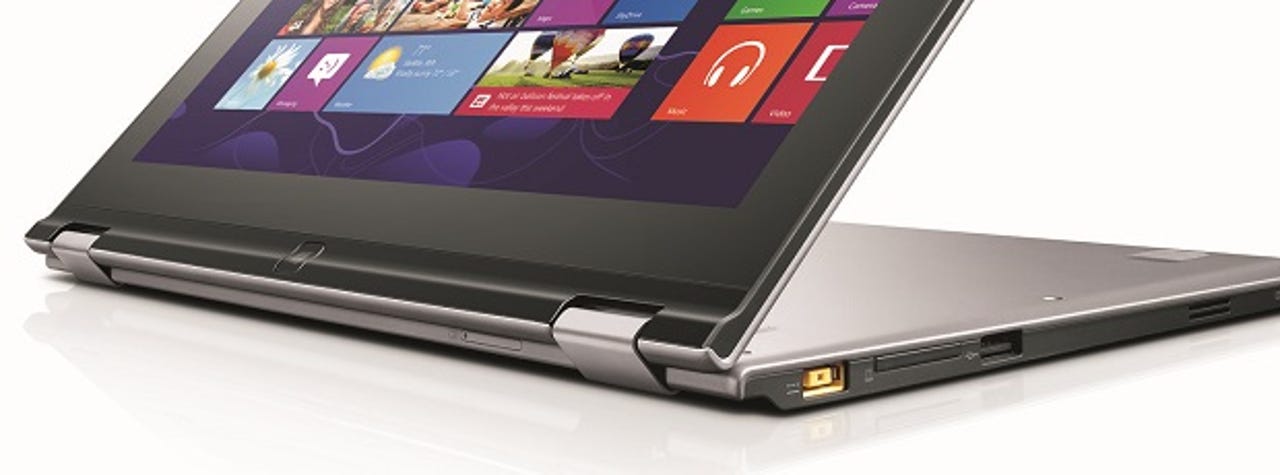Windows 8 convertible laptops are pushing up prices on the humble hinge


Last week, the Wall Street Journal ran a story pointing out that some of the success of Microsoft's new Windows 8 operating system will be dependent upon a piece of hardware no one is paying attention to: a hinge. That's because the part is what puts the "convert" into convertible laptops, letting users switch between tablet and notebook modes. It's even being used in all-in-one desktops like the Sony Vaio Tap 20, which folds into a massive tablet. With manufacturers heavily pushing Windows 8 convertible systems, the hinge has suddenly become a critical, if largely ignored, component.
But it turns out that not everyone has ignored the hinge. According to Digitimes, the rollout of convertible laptops has made the hinge a hot commodity, potentially raising the price that suppliers can charge manufacturers to obtain the parts for their new convertibles. That reverses the trend of several years of declining prices for the hinge, as smaller parts manufacturers made them for cheaper to gain market share.
While the WSJ article points out how important the hinge has become to system designers, at least it's still a relatively inexpensive part, costing about $10. Even a cost increase won't impact the total system price much for consumers, though it could affect the slim margins PC manufacturers earn from the PCs. Of course, if the general public doesn't flock to Windows 8 convertibles, hinges will be cheaper -- and ignored -- once again.